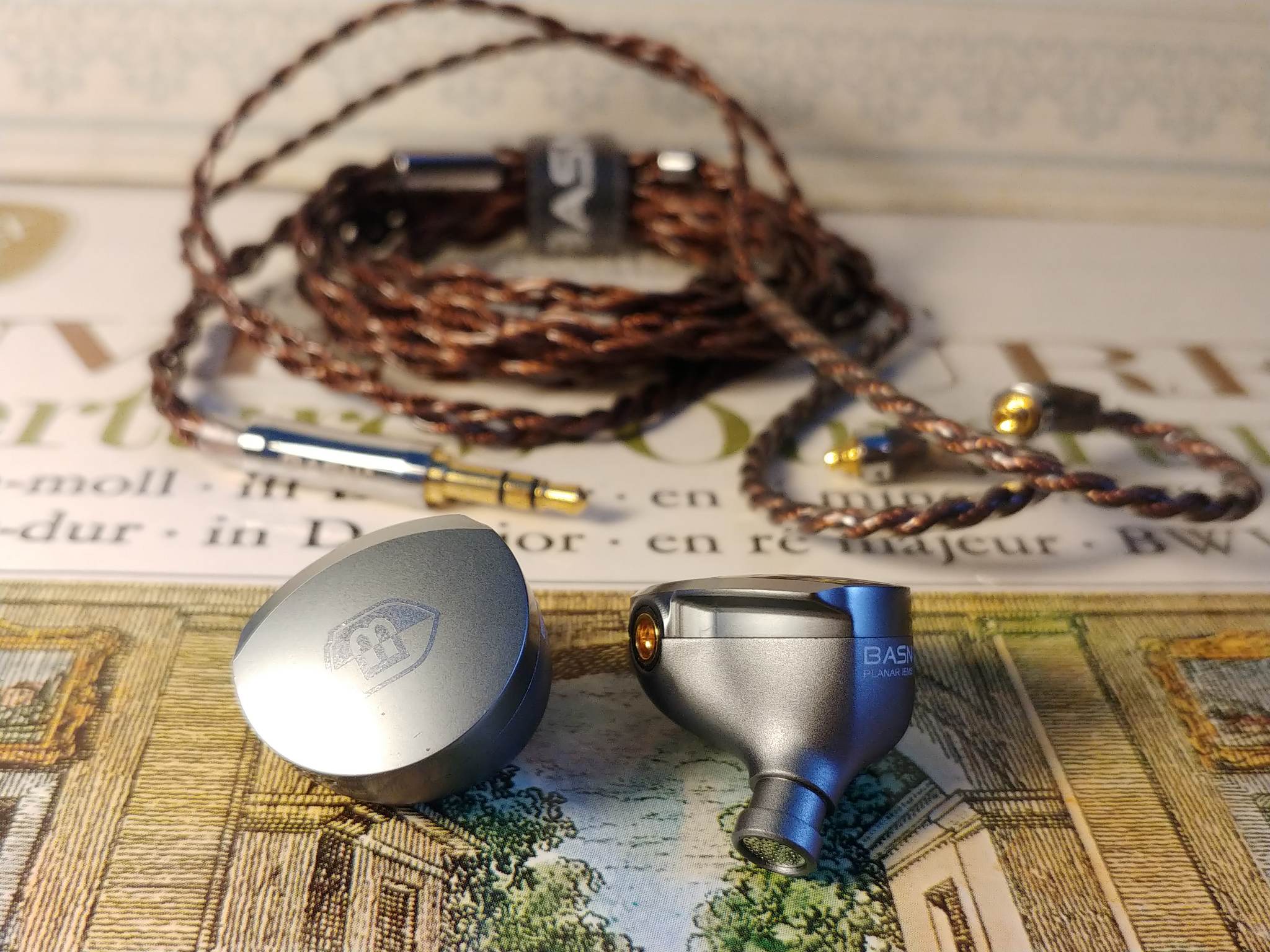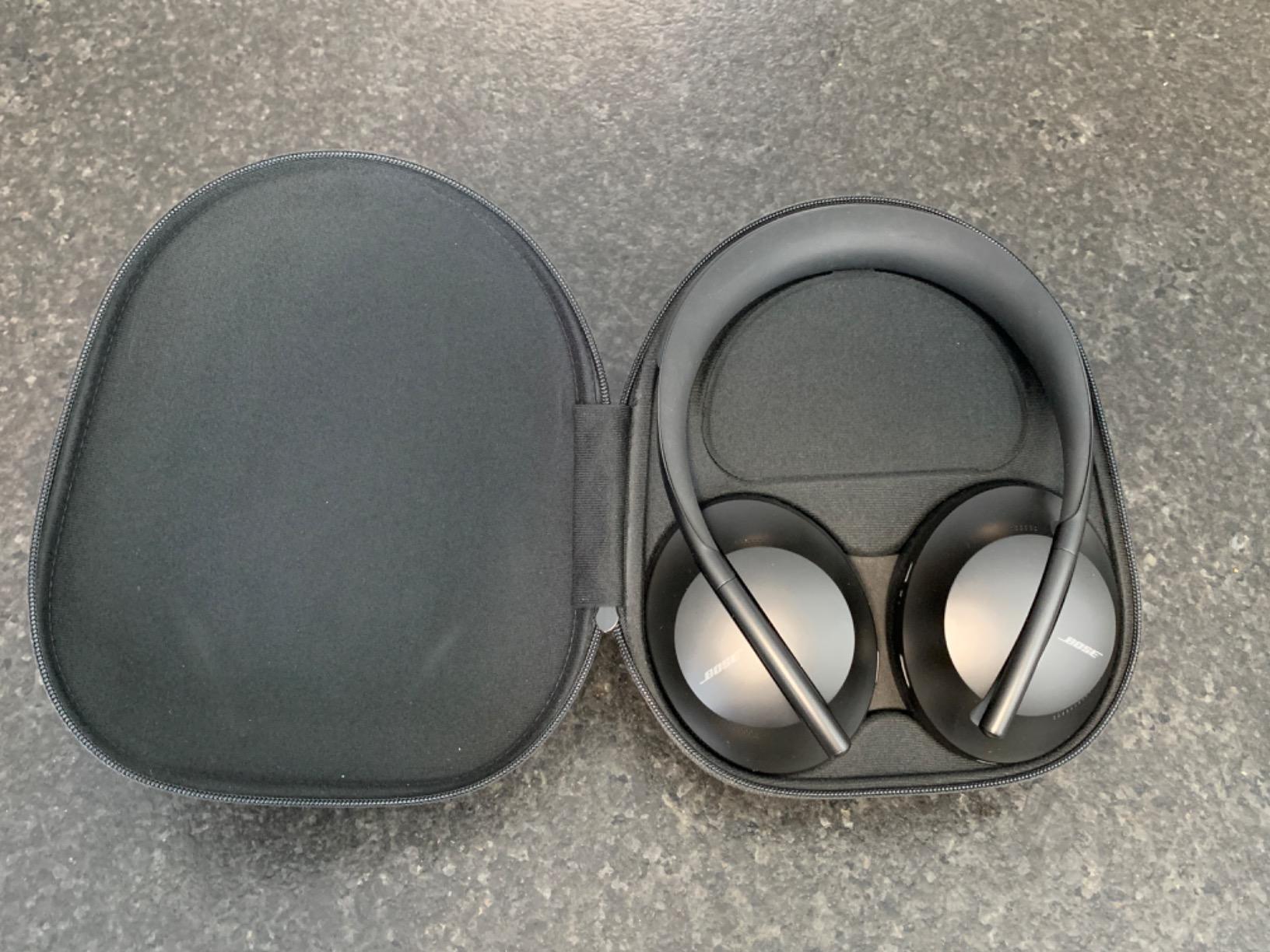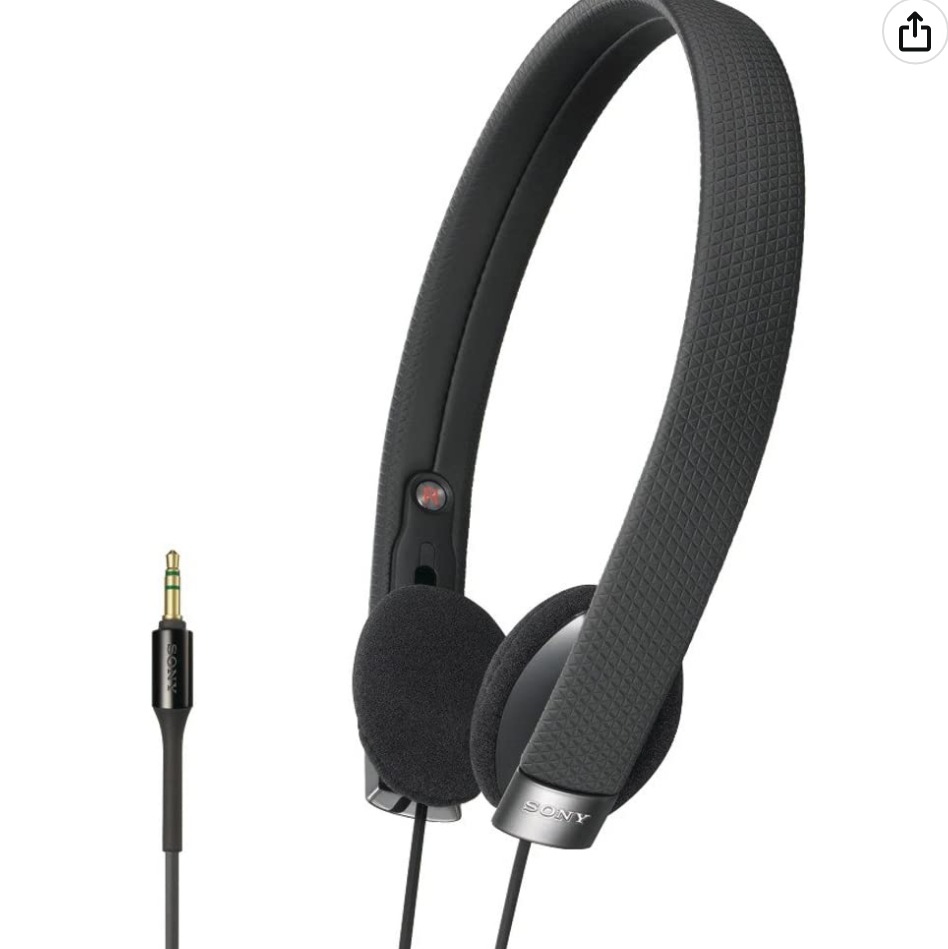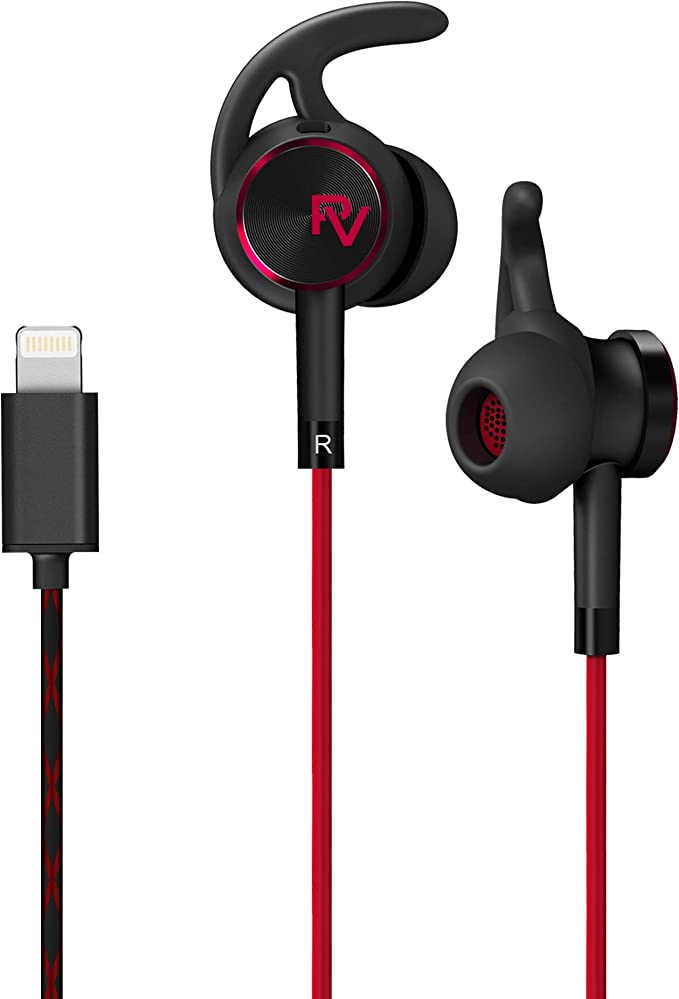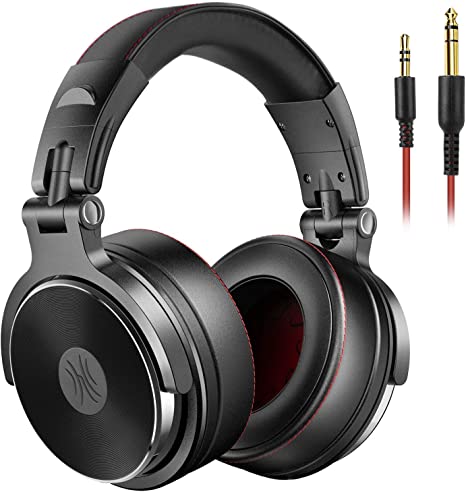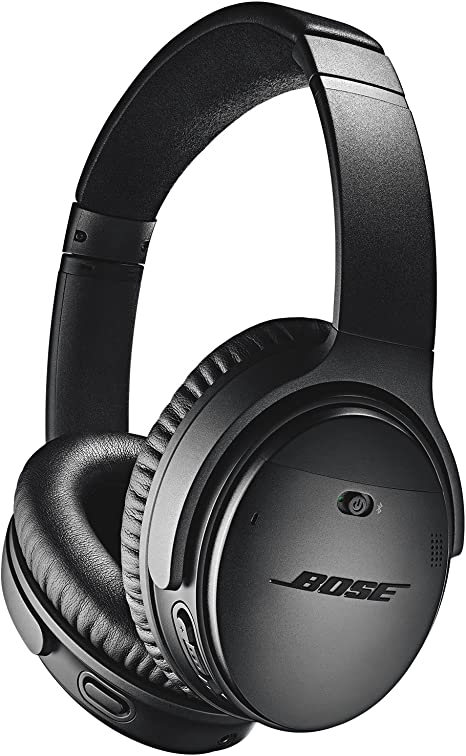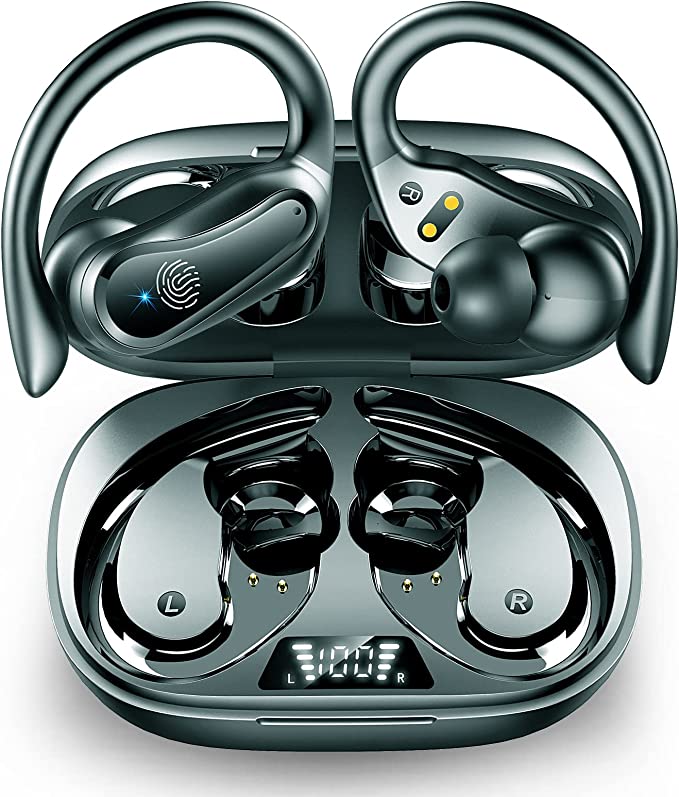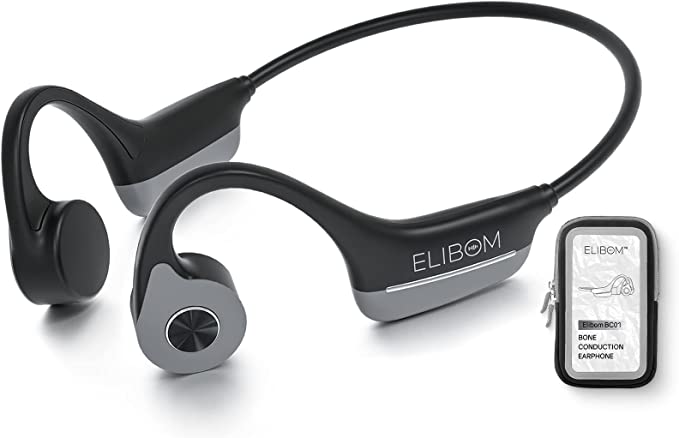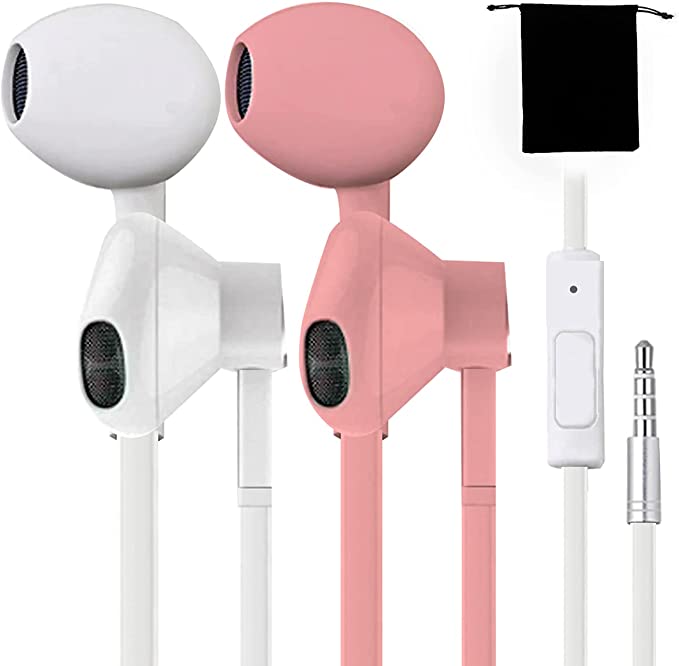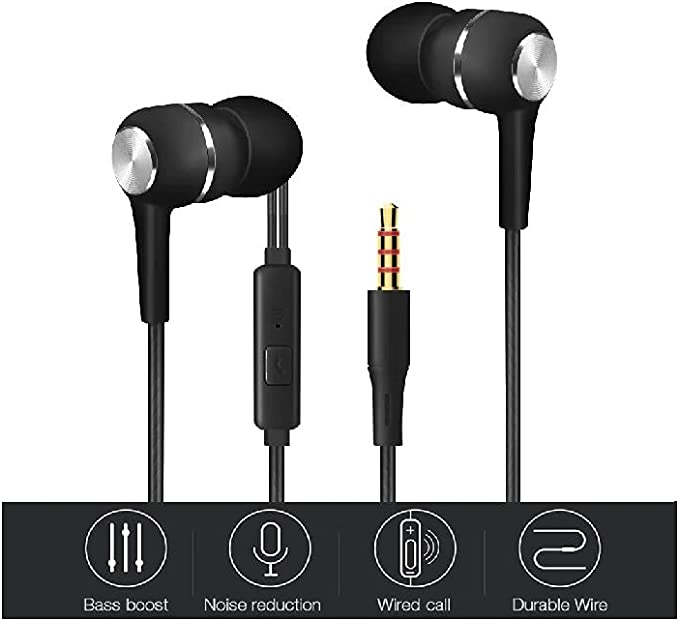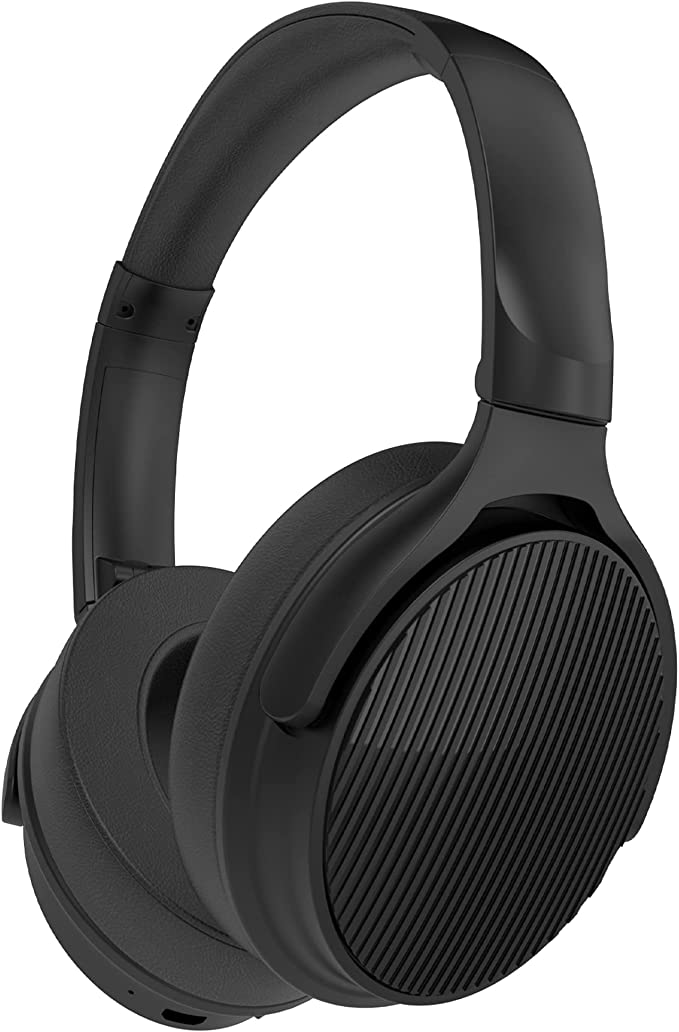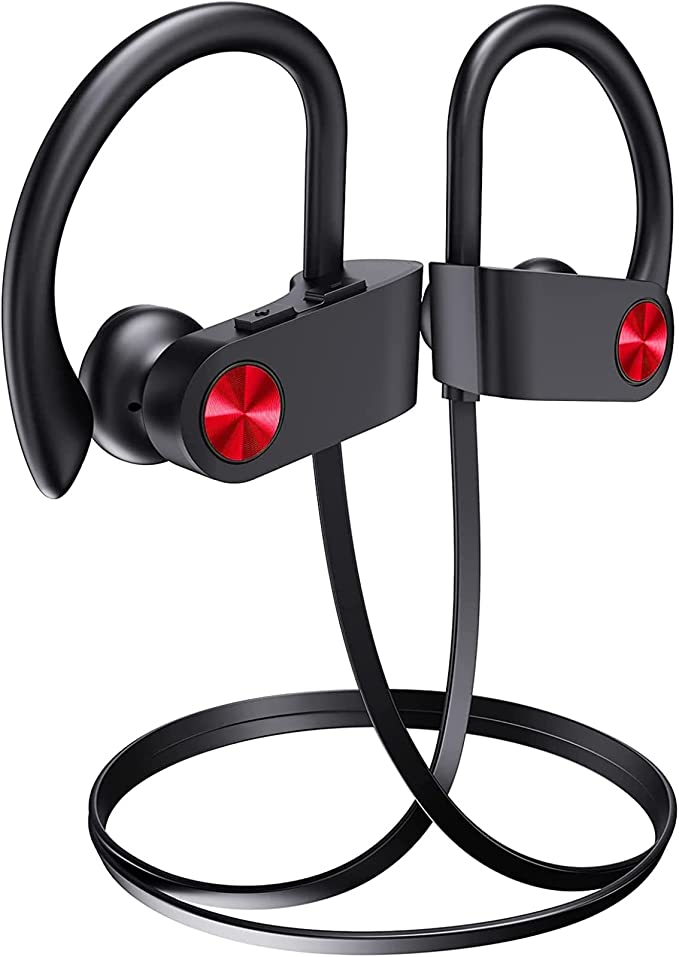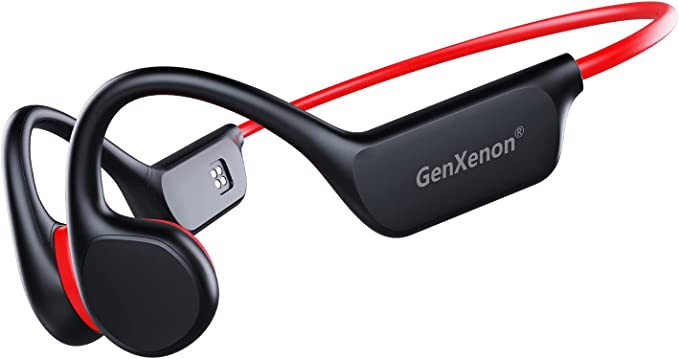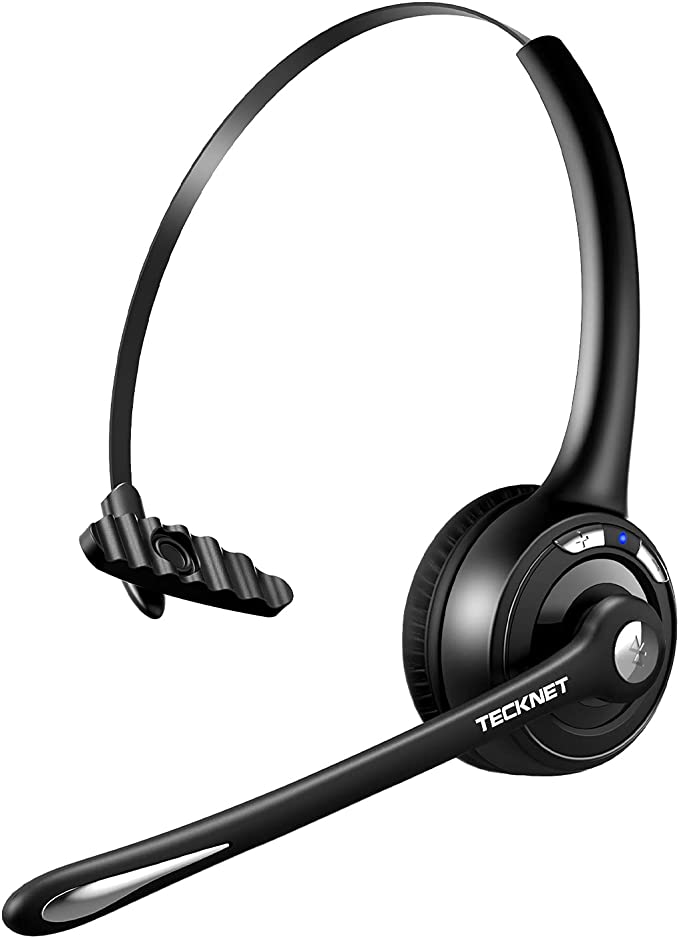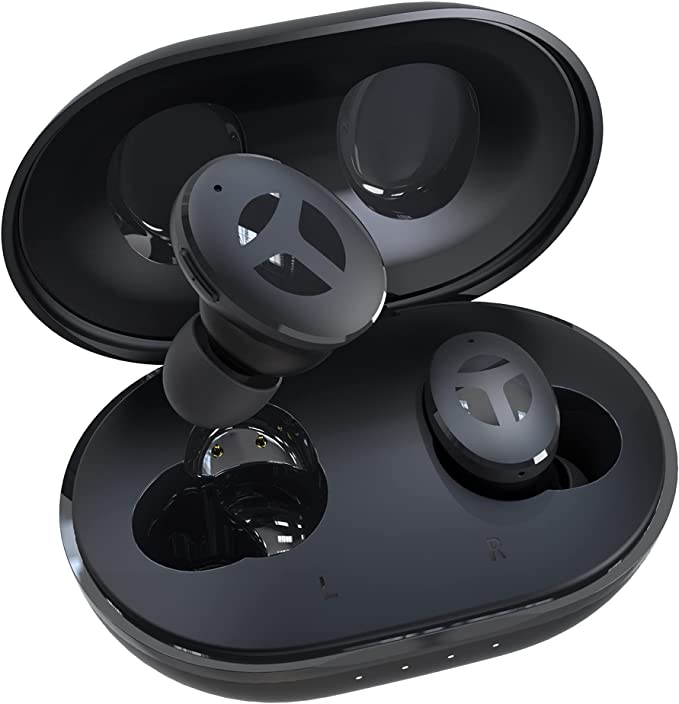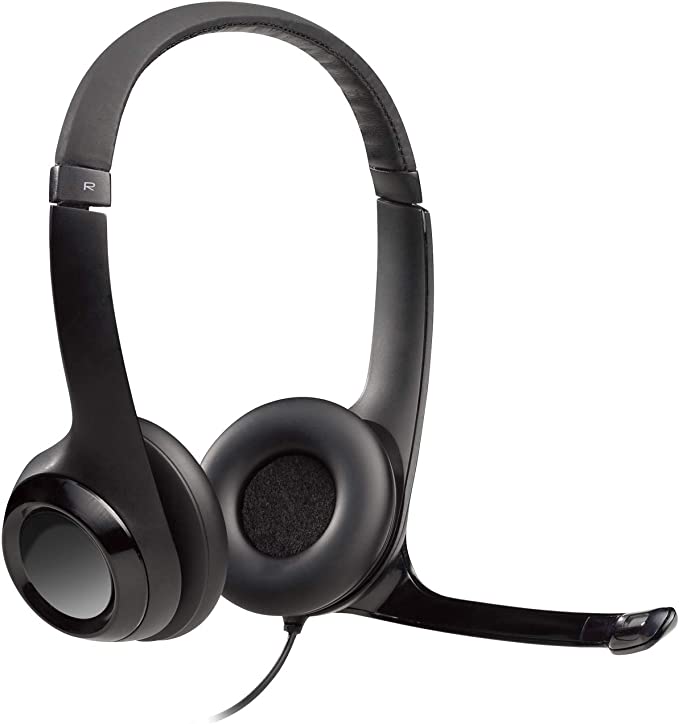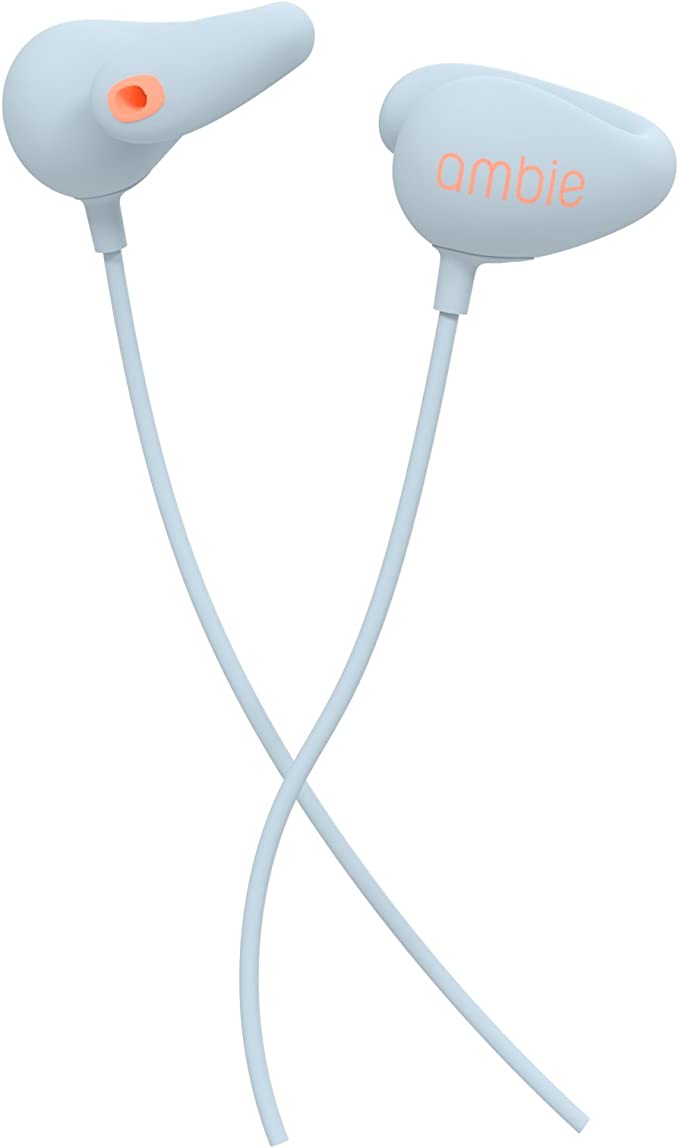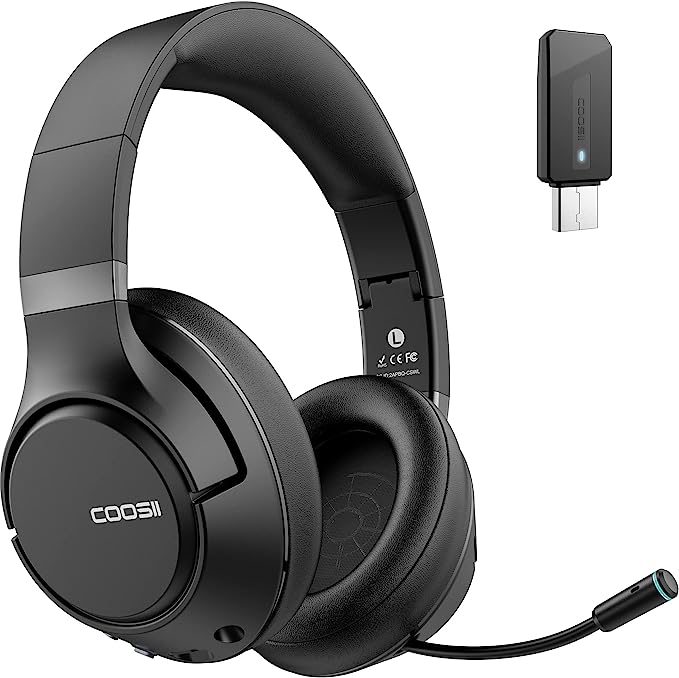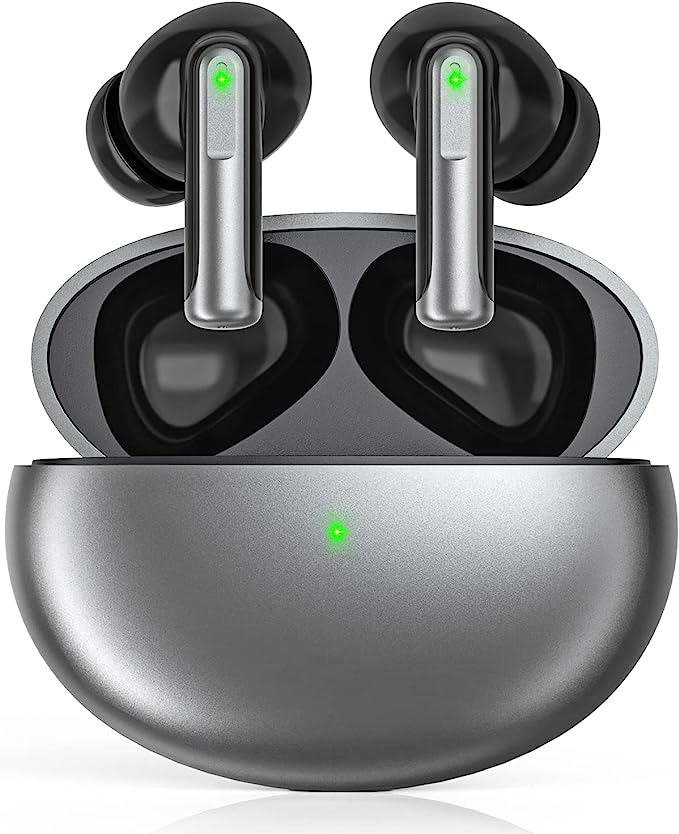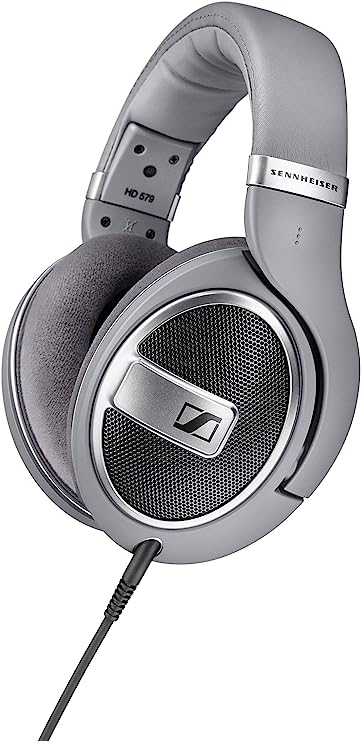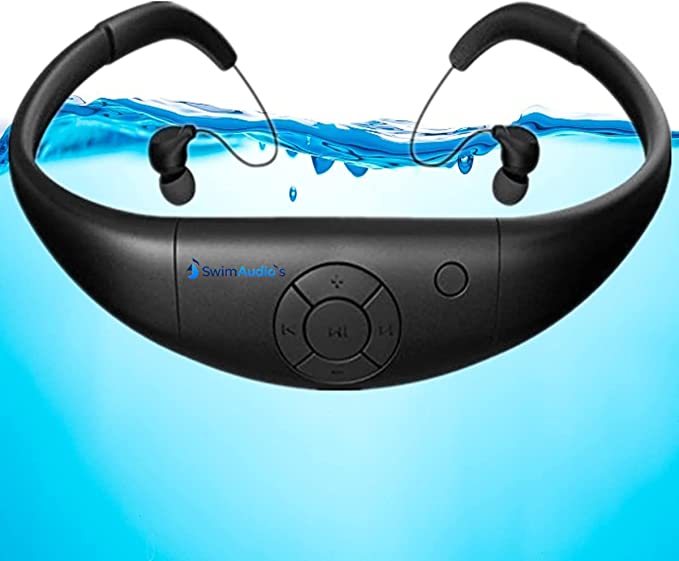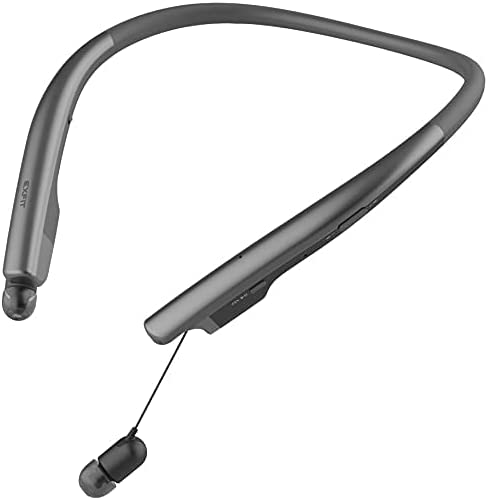HIFIMAN SUNDARA: Unveiling the Magic of Planar Magnetic Headphones
Update on Sept. 22, 2025, 3:17 p.m.
There’s a ghost in your music.
It’s a subtle presence, one you might only notice in the quietest moments. You hear it when a favorite, intricate guitar solo sounds just a little bit blurry, the edges of the notes seeming to bleed into one another. It’s there when a powerful orchestra swells, and the distinct voices of the violins and cellos merge into a single, less-defined wall of sound. This phantom is the ghost of lost detail, a consequence of a technology that has dominated audio for nearly a century.
For most of history, the challenge of turning electricity back into sound has been solved in one particular way. But what if that way, as reliable as it is, has a fundamental physical flaw? And what if a far more elegant solution exists, one that swaps brute force for near-perfect control? This is the story of two competing physics, and why understanding them might change how you listen to everything.

The Universal Engine of Sound—And Its Achilles’ Heel
Inside the vast majority of headphones and speakers on the planet lies a device called a dynamic driver. The concept is brilliantly simple, a miniature version of a large loudspeaker. A coil of wire (the “voice coil”) is attached to the back of a cone-shaped diaphragm. When an electrical audio signal passes through the coil, it becomes a tiny electromagnet that moves back and forth within the field of a permanent magnet, pushing and pulling the cone with it. The cone pushes the air, and you hear music.
For a hundred years, this has been the workhorse of the audio world. But it has a subtle, inherent problem. Imagine a drum. The dynamic driver is like trying to make the entire drum skin vibrate perfectly by only poking it in the very center.
The force from the voice coil is applied to one small part of the cone. As the signal gets more complex and the cone is asked to move faster and faster, it can’t maintain its perfect shape. It starts to flex, bend, and ripple in unpredictable ways—a phenomenon known as “cone breakup.” These unwanted vibrations are, by definition, distortion. They are the source of that sonic blur, the ghost that smudges the fine lines of your music.
For decades, engineers have performed miracles to mitigate this, using exotic materials and complex designs. But they are fighting a battle against the core physics of the design itself. What if, instead of trying to perfect the poke, you changed how you moved the drum skin entirely?

A Radically Flatter Approach
Instead of a cone, imagine a diaphragm that is a perfectly flat, impossibly thin sheet of film, stretched taut. And instead of a small voice coil glued to the back, imagine the conductive wire is traced out in a serpentine pattern across the entire surface of this film. Now, suspend this film between two grids of powerful magnets that create a uniform magnetic field.
This is the principle of a planar magnetic driver.
When the audio signal flows through the circuit on the film, the entire surface is pushed and pulled by the magnetic field with a completely uniform force. It doesn’t flex or bend; it moves as one, in a perfect pistonic motion.
To go back to our analogy: you are no longer poking the center of the drum skin. You are pressing on it with the entire flat of your palm. Every point on the surface moves in perfect unison.
The physical result is a staggering reduction in distortion. The driver can trace the most complex audio waveforms with a precision that a dynamic cone, with its inherent breakup, can only dream of. This isn’t a new idea—pioneering companies like Yamaha were experimenting with their “Orthodynamic” headphones in the 1970s—but modern materials and magnet technology have elevated it to an incredible new level of fidelity. To see how, we only need to look at a modern example, like the HIFIMAN SUNDARA.

Anatomy of an Elegant Machine
The SUNDARA serves as a perfect, tangible model of these principles in action. It’s not just a collection of parts; it’s a system where each element is designed to serve the core physics of the planar magnetic concept.
The Sail: A Diaphragm of Near-Zero Mass
The heart of the device is what HIFIMAN calls its “NEO supernano Diaphragm” or NsD. While “supernano” is a marketing term, the physics it describes is very real. The diaphragm is claimed to be up to 80% thinner than in previous models, placing it in the realm of just one to two microns thick.
Why is this thinness so critical? It’s all about inertia. An object with more mass is harder to start moving and, just as importantly, harder to stop. The NsD diaphragm is so astonishingly light that it has vanishingly low inertia. This means it can respond almost instantaneously to the audio signal. The sharp, percussive crack of a snare drum, the delicate pluck of a harp string—these “transients” are reproduced with breathtaking speed and clarity because the diaphragm has no sluggishness holding it back.
The Space: Why Sound Needs to Breathe
If you look at the SUNDARA, you’ll see the outside of the earcups are covered in a grille. This is an “open-back” design, and it’s a deliberate acoustic choice. The sound from a driver radiates both forwards (to your ear) and backwards. In a sealed, closed-back headphone, that backwave is trapped inside the earcup, where it can reflect and cause resonances that color the sound.
An open-back design allows that backwave to dissipate naturally into the room. The result is a sound that feels less “in your head” and more like you’re in the room with the musicians. This creates the wide, spacious “soundstage” that audiophiles prize. It’s the trade-off of sound isolation for a more natural and speaker-like presentation.
The Price of Precision: Powering the Plane
This is where things get interesting. Looking at the specs, you’d see the SUNDARA has a low impedance of 32 ohms, similar to many consumer headphones. This might lead you to believe it’s easy to power. But then you see the other critical number: a sensitivity of 92dB. This is relatively low.
Sensitivity measures how loud a headphone will get for a given amount of power. Because of the large diaphragm and powerful magnets, planar magnetic drivers are often less efficient than their dynamic counterparts. They need more “grunt” to get moving and, crucially, to be properly controlled.
Think of it like a high-performance sports car. It may have a lightweight chassis (the low impedance), but it also has a massive, powerful engine that requires high-octane fuel to perform at its peak (the low sensitivity demanding more power). Plugging it into your phone is like putting cheap gas in that engine; it will run, but it will feel sluggish and lack dynamic punch.
This is why a dedicated headphone amplifier is not just a luxury but a necessity for getting the most out of headphones like this. It’s not simply about making them louder; it’s about providing enough clean current to grip the diaphragm and control its movement with absolute authority. As one user aptly noted, “You need a solid amp to truly drive these headphones.” The amplifier provides the control that allows the underlying precision of the driver to shine through.
Hearing the Engineering
When all these physical principles—the uniform drive, the low-mass diaphragm, the open-air acoustics, and the abundant, clean power—come together, the result is a fundamentally different listening experience. The ghost of distortion is banished. Instruments separate cleanly in space, each with its own texture and definition. You hear the subtle reverb tails in a recording, the sound of a musician’s fingers on the strings, the air in the room.
It is not magic; it’s just better physics. By abandoning the century-old compromise of the dynamic driver for the elegant control of the planar magnetic engine, headphones like the HIFIMAN SUNDARA don’t just play you the music. They reveal the intricate, beautiful, and precisely engineered reality of the sound itself. And once you’ve heard that, it’s very hard to go back to hearing ghosts.





